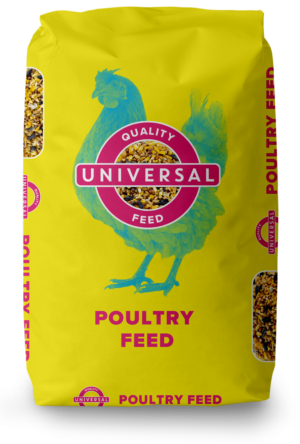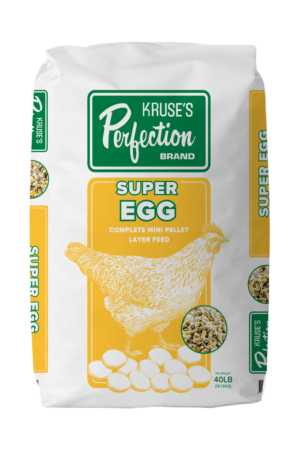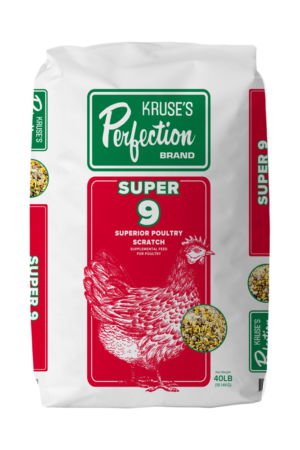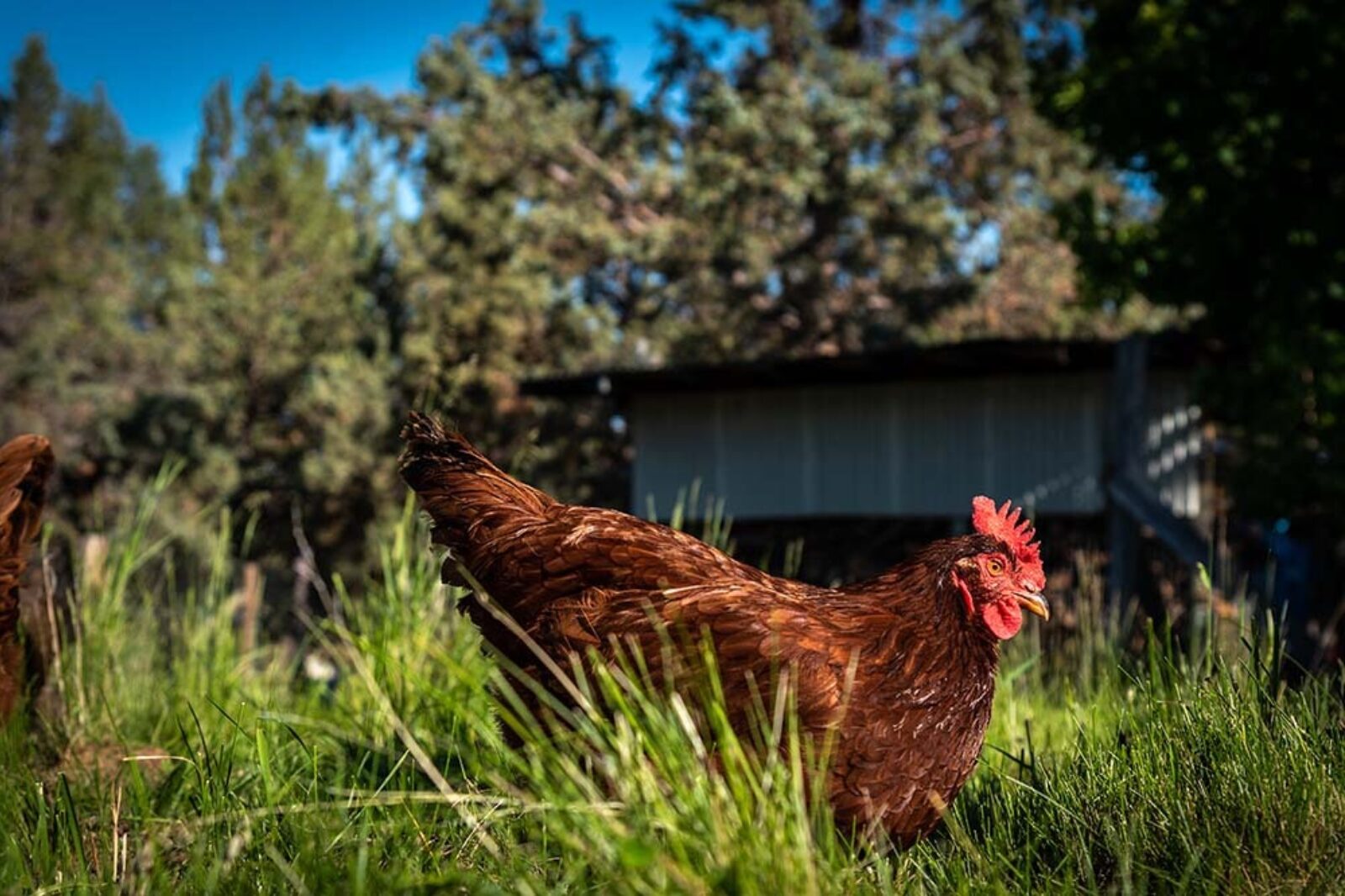
Watching your baby chickens grow was both fulfilling and exciting, and now it’s time to think about transitioning their food. After approximately 4 months of age, chickens should be transitioned onto a commercial laying feed.
Commercial laying feed from a reputable company is formulated to maximize the growth and egg laying potential of each hen who require different nutrients as compared to when they are growing.
Layer chicken feed should contain a blend of protein, fat, and calcium with the right amount of ratio to ensure a well balanced diet. The following are the recommended levels.
Protein is a vital nutrient due to its amino acid constituents. Protein plays a significant role in growth, support egg production, immunity, adaptation to the environment, and overall health. A protein level between 15% and 20% is optimal. Look for soybean and other protein-packed ingredients.
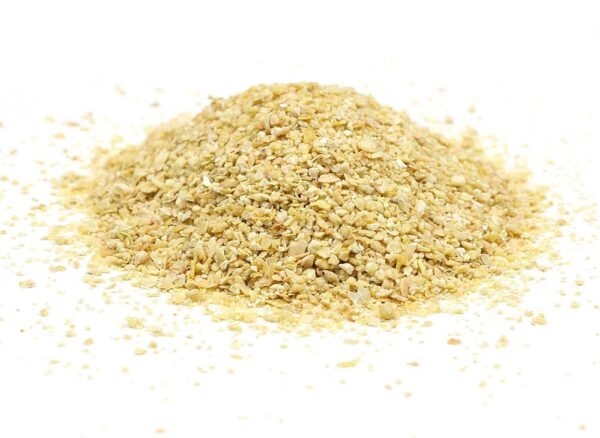
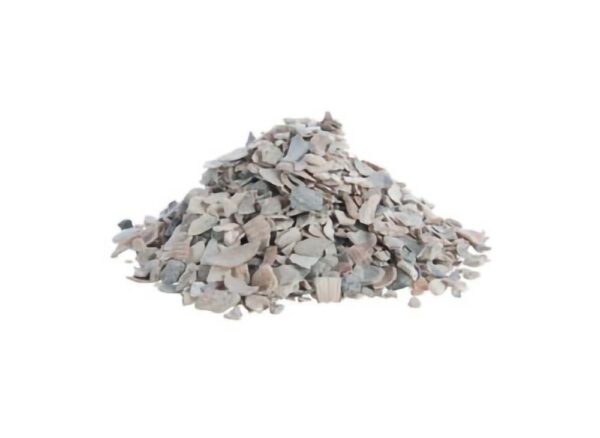
Calcium is an important factor in all layer feed and can lead into increased level of calcium to support proper eggshell development and maintain strong bone density. Calcium level between 3% and 3.5% is optimal to ensure strong, sturdy eggs to be produced. Look for items like ground flour or crushed oyster shell in the ingredients.
Fats are composed of fatty acids, which help produce eggs and energy needed for the strenuous job of egg laying. Fat level between 3% and 5% is optimal to fulfill a chicken’s energy requirement.
Yeast or digestive aids such as prebiotics and probiotics support a healthy immune system as well as aid digestion and assist in nutrient absorption. Probiotics are also thought to help combat coccidiosis in flocks, which is a parasitic disease.
Corn, wheat millrun, and soybean meal provides a great amino acid profile. Amino acids are used as the building blocks of structural proteins such as muscle, skin, ligaments, and metabolize protein. An adequate amino acid supply is critical to support healthy growth and egg production.
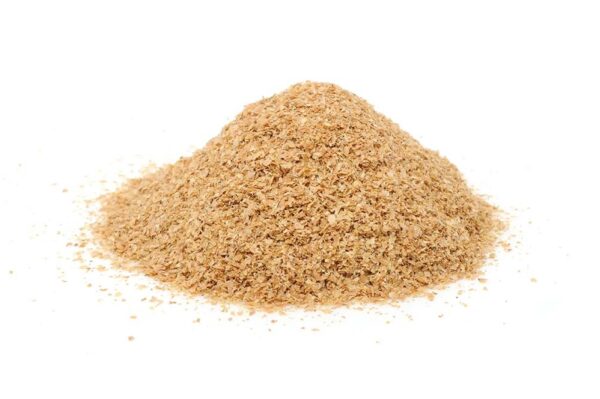
It is important to transition the feed gradually by mixing in small amounts of the new feed with the old little bit at a time over a course of a week to prevent irritating their digestive systems. Remember to always have fresh feed and water available.


